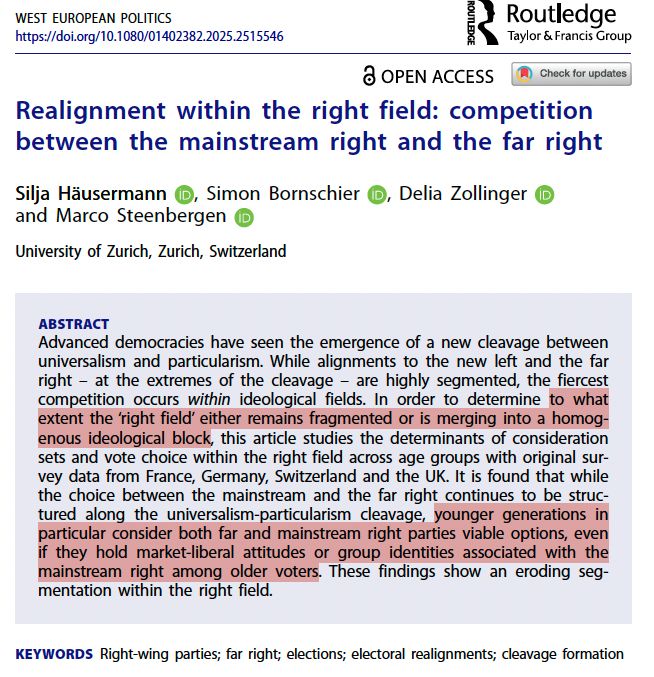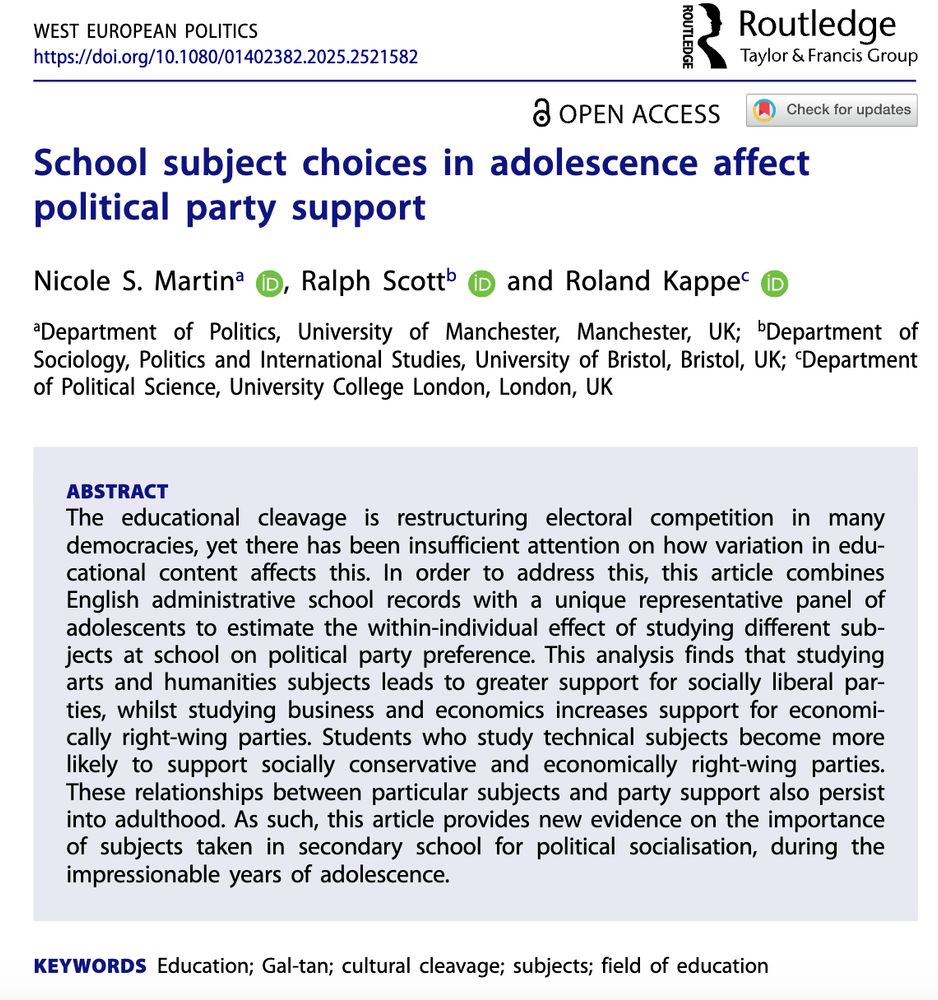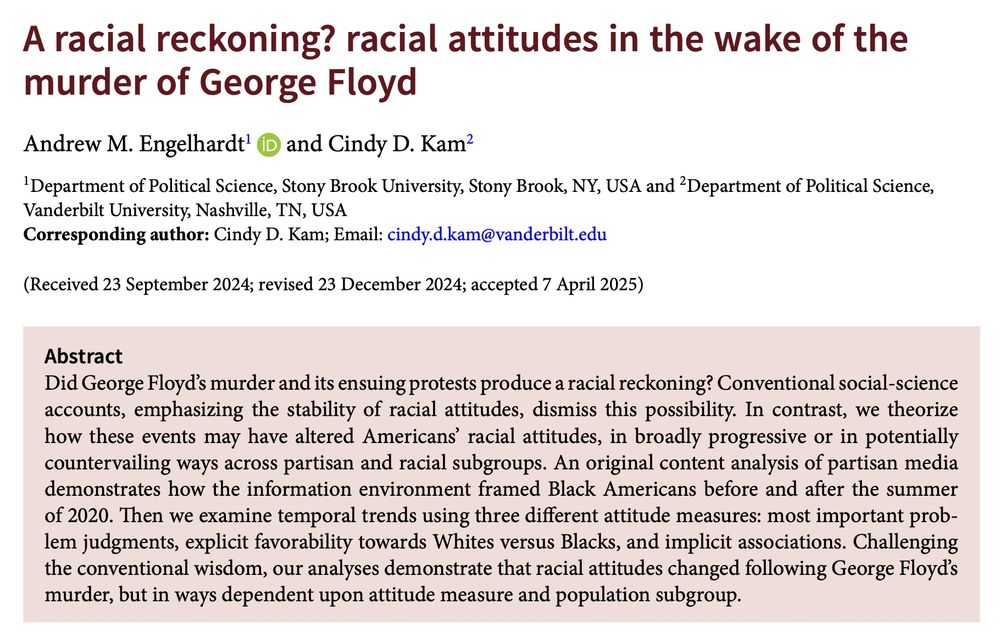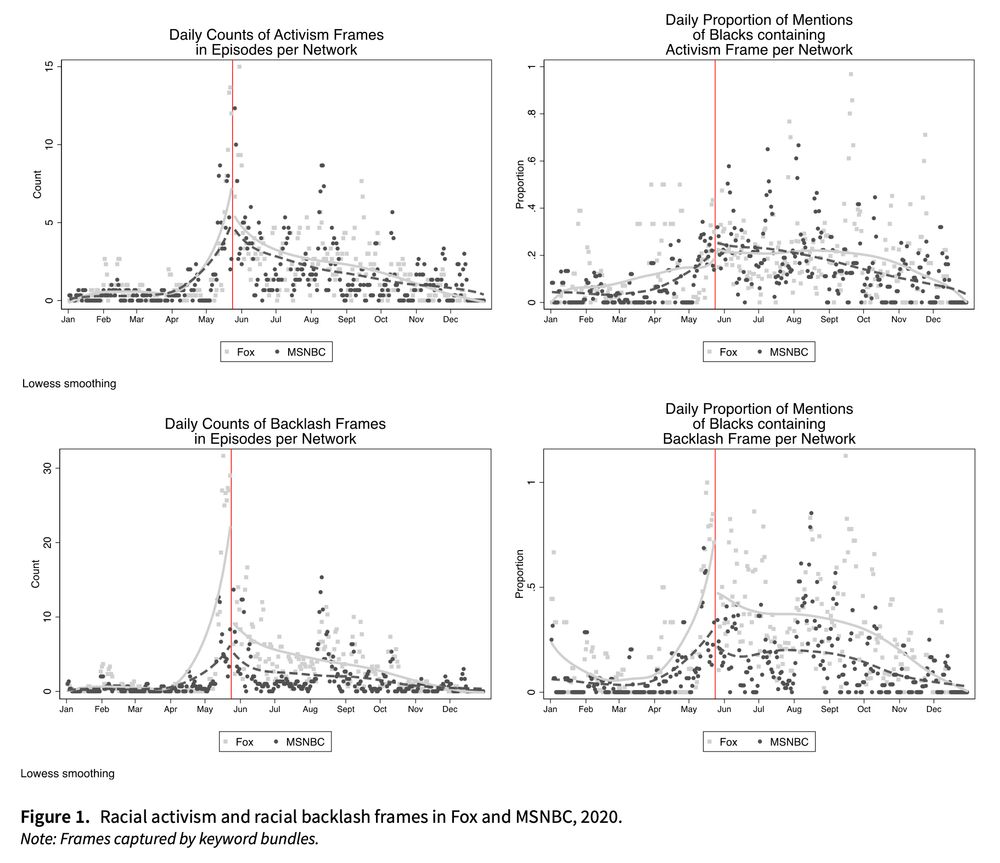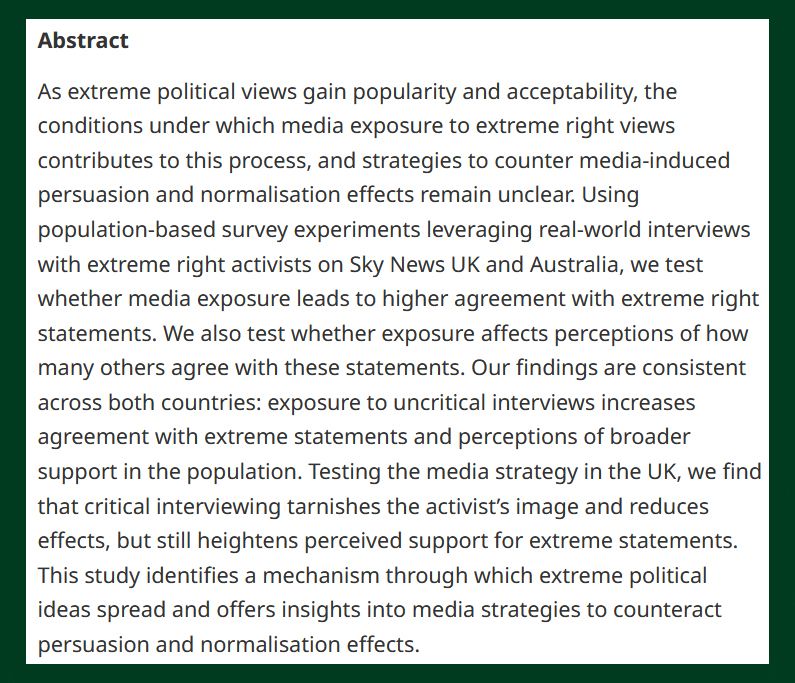David Attewell
@davidattewell6.bsky.social
2K followers
2.1K following
98 posts
SNSF Postdoc Mobility Fellow in political science at Aarhus University, by way of the University of Zurich. Research on deservingness, solidarity, and social cleavages in politics.
Website: https://www.davidattewell.net/
Posts
Media
Videos
Starter Packs
Nils Steiner
@nilssteiner.bsky.social
· Mar 9
Reposted by David Attewell
Reposted by David Attewell
Reposted by David Attewell
Reposted by David Attewell
Reposted by David Attewell
Reposted by David Attewell
Reposted by David Attewell


